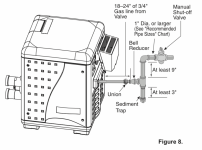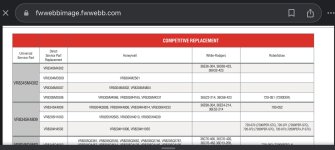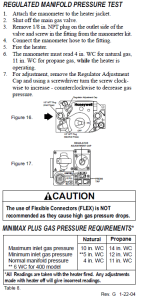I have a mini max plus 400 heater that has been around for about about 20 years.
I was having problems with it and recently replaced the flame sensor/fire sparker mechanism, and it has been working great ever since until today.
Today, I was heating the pool and it was heating fine until it wasn’t. I came back to the heater and the service light was on and I could hear a constant clicking noise where it was trying to fire.
I can see that the spark is working and I see a small flame to start the heater. It is almost like it is not giving out the gas so it will not ignite
Does anyone out there have any ideas to help me out of how to fix this. I would love to get my pool heated for tomorrow. Again, it just keeps sparking constantly but will not start.
Any help is appreciated.
The picture is the old part that I replaced with a new one already.
I was having problems with it and recently replaced the flame sensor/fire sparker mechanism, and it has been working great ever since until today.
Today, I was heating the pool and it was heating fine until it wasn’t. I came back to the heater and the service light was on and I could hear a constant clicking noise where it was trying to fire.
I can see that the spark is working and I see a small flame to start the heater. It is almost like it is not giving out the gas so it will not ignite
Does anyone out there have any ideas to help me out of how to fix this. I would love to get my pool heated for tomorrow. Again, it just keeps sparking constantly but will not start.
Any help is appreciated.
The picture is the old part that I replaced with a new one already.










